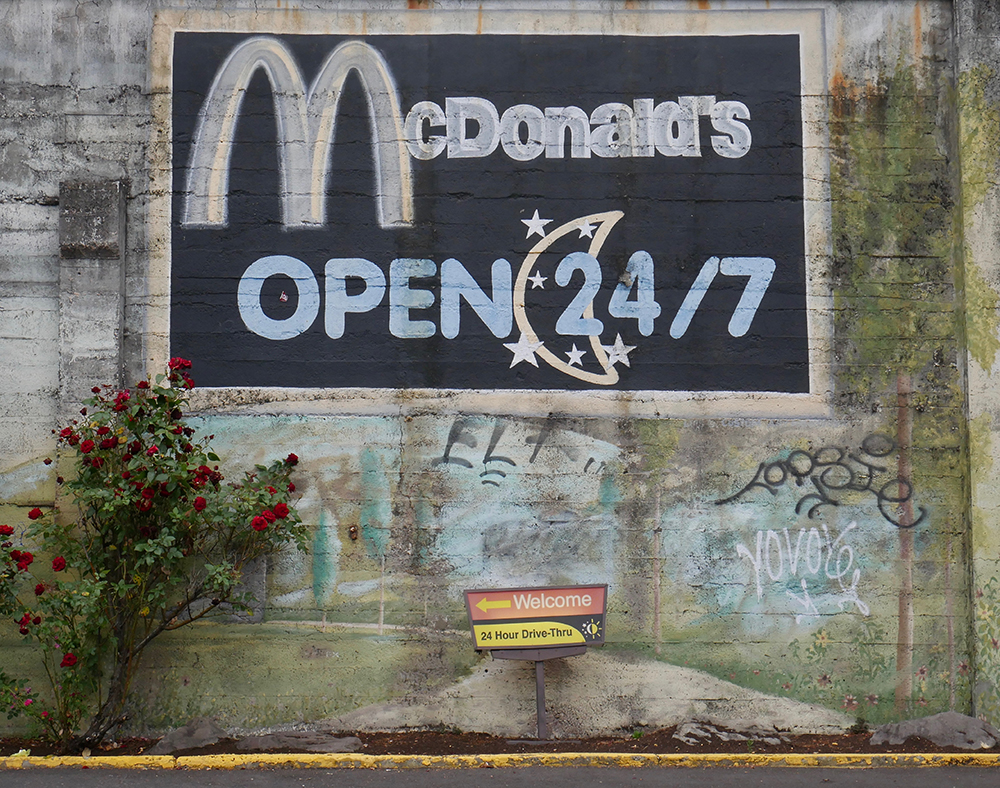
That’s why the prospect of policy normalisation needs to be closely watched as China’s economy gathers traction in 2021.
While President Xi Jinping has identified growing financial risk in the economy as one of his “three tough battles”, that’s been pushed aside as monetary and fiscal stimulus has been deployed to underwrite growth after a sharp first quarter contraction.
It should be obvious to the world’s miners and energy companies that flog their wares to China what the endgame is.
But People’s Bank of China governor Yi Gang has telegraphed a sharper focus on stabilising the macro leverage ratio, or debt as a proportion of gross domestic product.
Given his belief that “monetary policy needs to guard the gates of money supply”, it’s likely credit growth may moderate in 2021 to ensure financial risks don’t get out of hand.
While there will be no rush to tighten the credit spigots, a spate of corporate bond defaults shows the risks are real.
HSBC reckons other emergency measures such as special central government bond issuance and some tax cuts will be phased out. This will take some of the heat out of China’s growth later in 2021.
But even then, China’s growth is still expected to blitz that of the world’s major economies. That’s why the smart money is betting on continued yuan strength in 2021.
The Chinese yuan has been ascendant against the US dollar in 2020.
China’s superior growth outlook, coupled with growing inflows into mainland stocks and bonds, has catapulted the currency more than 8 per cent higher against the greenback.
Those tailwinds will keep blowing in 2021, with many of the world’s top banks predicting the currency to gain 5 per cent to 10 per cent in 2021.
The currency offers another lever for Beijing to pull as it looks to re-engineer its economy through its “dual circulation” strategy, which calls for a greater role for consumption and more self-sufficiency.
A stronger currency would not only boost the purchasing power of Chinese households, it also gives Chinese businesses a stronger and more credible currency to buy foreign goods including commodities such as iron ore.
Beijing is keen to lower its dependency on the US dollar-based trade system and has launched a range of commodity contracts notably copper in November priced in yuan.
It should be obvious to the world’s miners and energy companies that flog their wares to China what the endgame is.
Australian miners appear to be coming around to the new reality, with BHP, Rio Tinto and Fortescue Metals Group all inking yuan-denominated iron ore sales this year.
Fortescue has sold 10 million tonnes priced in yuan as part of its port-side strategy since June 2019.
It makes sense that China as the world’s largest commodity consumer should be a price maker in its own currency, rather than a price taker in the currency of its major rival.
So while Beijing still needs to sort through issues around yuan convertibility, how long will it be before the Australian budget includes not only an iron ore forecast but also one for the Chinese yuan?

 Subscribe to The Daily Telegraph to get unrestricted digital access, home paper delivery, Apps for iPad and Android, member only +Rewards and much more…
Subscribe to The Daily Telegraph to get unrestricted digital access, home paper delivery, Apps for iPad and Android, member only +Rewards and much more…  Do you compost or buy second hand?
Do you compost or buy second hand?  The Newsreader review: Exhilirating Australian prestige drama
The Newsreader review: Exhilirating Australian prestige drama  Local shares fell on Friday as investors make last-minute adjustments to their portfolios ahead of the main index’s rebalancing, while unease over rising infections grows.
Local shares fell on Friday as investors make last-minute adjustments to their portfolios ahead of the main index’s rebalancing, while unease over rising infections grows. 


